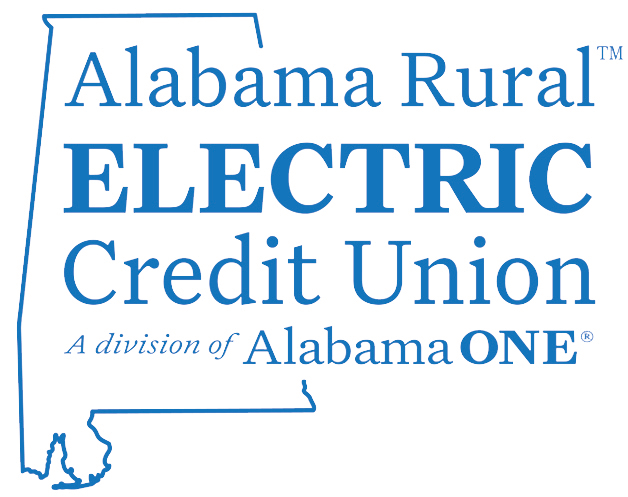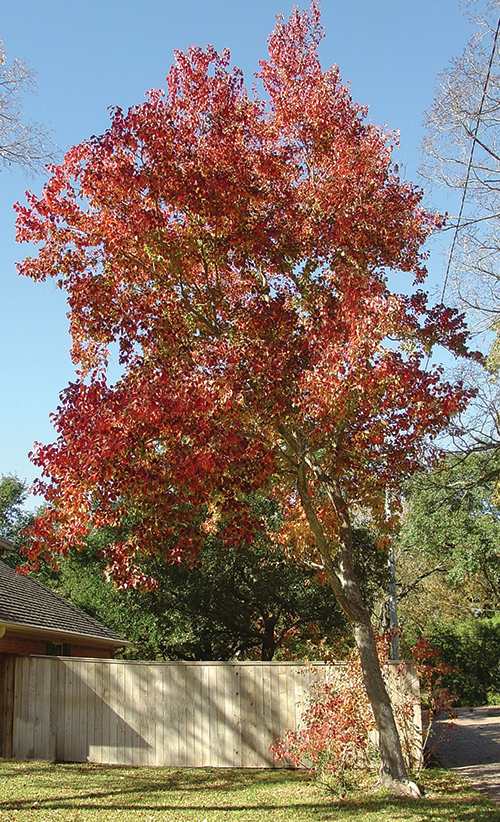Dual enrollment allows students to save time, money
By Lenore Vickrey
Owen Harrison knew he didn’t want to spend four years of his life on a college campus. What he did know is that he loved tinkering with cars.
When the 16-year-old student at Straughn High School in Andalusia heard about a dual enrollment program offering certification in auto mechanics at Lurleen B. Wallace Community College in nearby Opp, he was definitely interested.
He began taking classes at LBW his sophomore year of high school, heading to campus in the morning after dropping his younger brother at Straughn. This fall, he’ll continue to take classes for two to three more semesters before graduating in 2027 with a certification in auto mechanics. “So when I come out of high school I can start working,” he says. “I’ve always had a love for cars and figuring out how things work in cars. That’s what really piqued my interest.”
Harrison is one of more than 40,000 students enrolled in dual enrollment programs at Alabama community colleges, allowing them to bypass years of college classes. This past May, more than 100 students graduated with both their high school diploma and an associate degree or certification from a community college.
“It’s a really fantastic opportunity for students to get ahead of the game while they’re in high school and take classes in subject matter that are of interest to them and do it at no cost, which is great,” says Dr. Neil Scott, Vice Chancellor for Student Success for the Alabama Community College System.
Students who’ve completed the ninth grade can start enrolling in college classes, he says, much like Harrison, who started in his sophomore year. “A lot of students are looking for a way to start taking college classes early, just for the challenge,” Scott says. “And they can do it without risk. If you’re waiting until after high school, it’s a risk if you get into college classes and realize, ‘maybe I’m not cut out for this.’ But if you do this in high school, you don’t have to pay money to find that out.”
That wasn’t a problem for Vivian Brock, 19, who completed her associate degree from Wallace State Community College in Hanceville before she received her high school diploma from Holly Pond High School in 2023. She was 17. She did dual enrollment and continued to work 30 to 35 hours a week at the All Steak Restaurant in Cullman.
Her hard work allowed her to finish her degree in communication at the University of Alabama Huntsville in two years, graduating in May. She’s working this summer at Cullman Electric Cooperative and plans to pursue a master’s degree at UA in the fall. She’ll then head to New York City to work in public relations/communication and eventually use her skills as a professor.

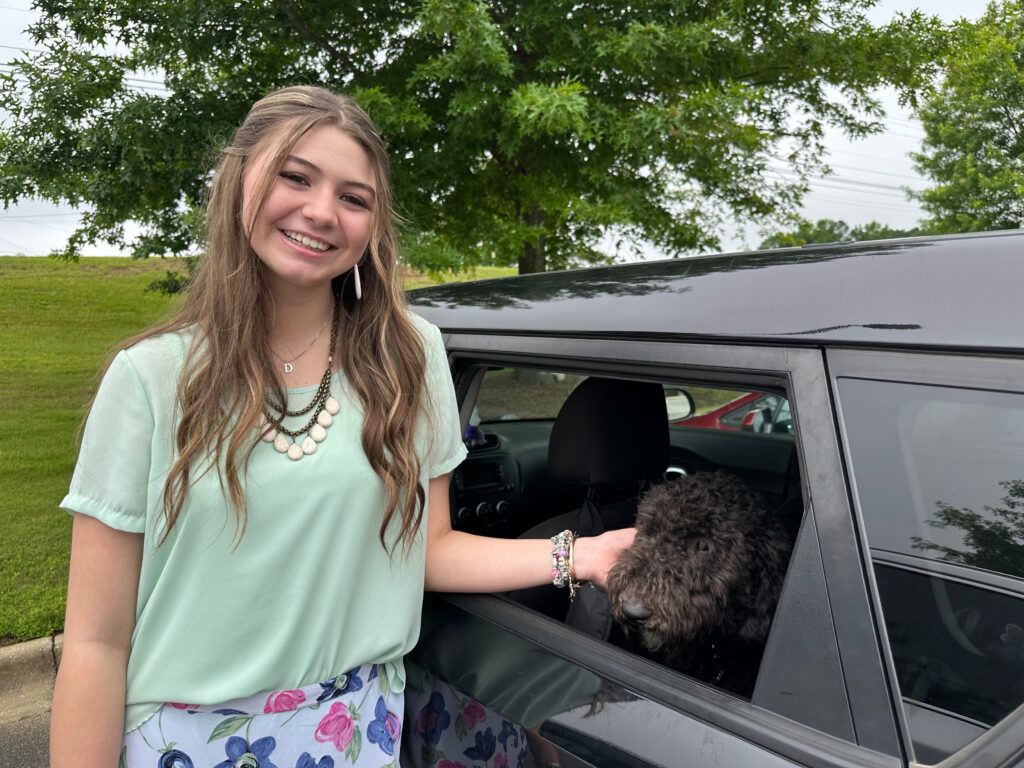

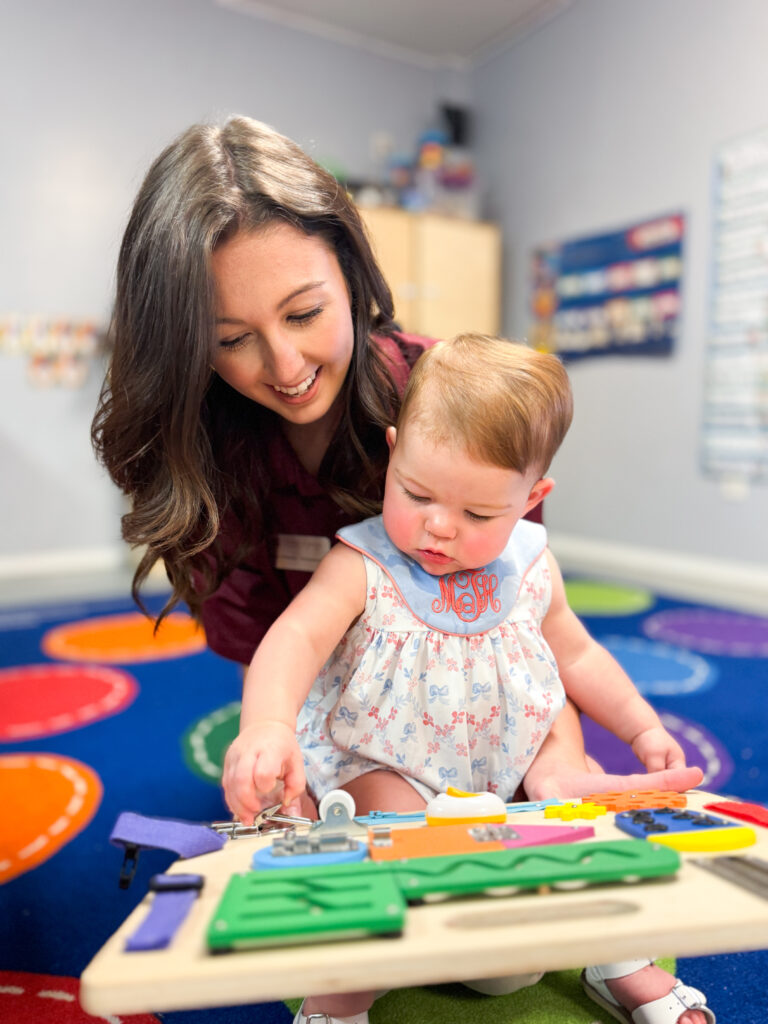


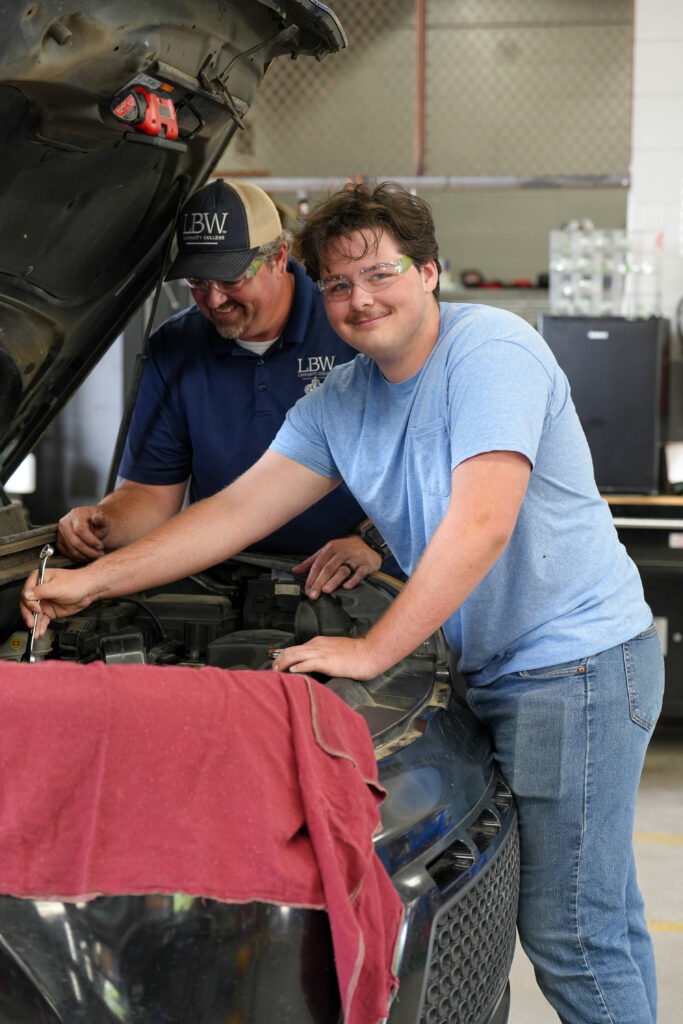
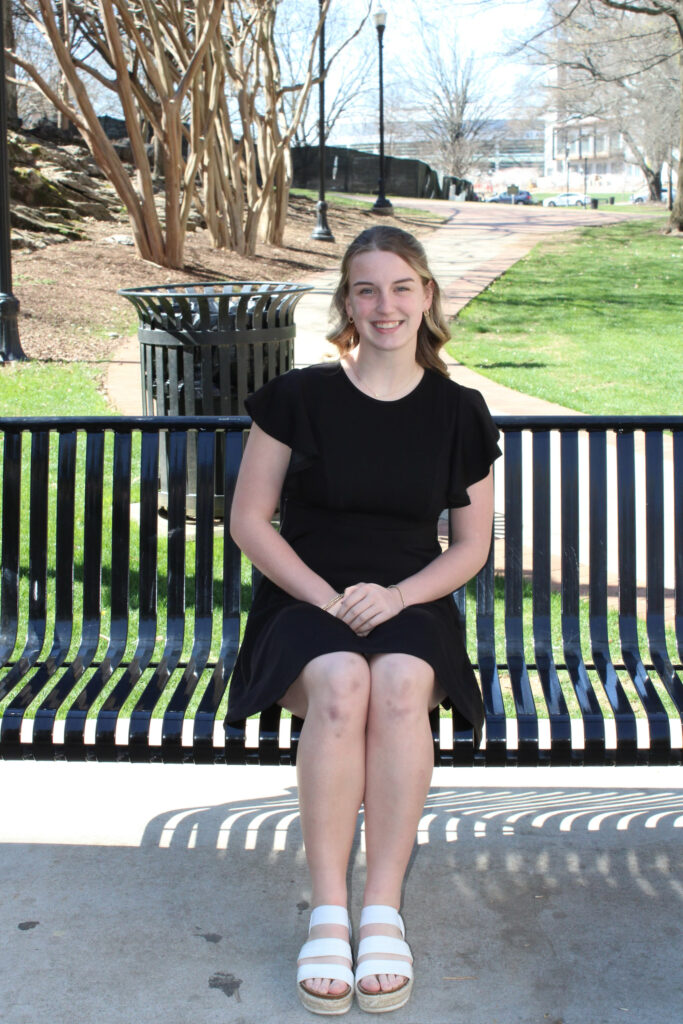

Free education, with help from the state
Growth in dual enrollment at community colleges has been steady since 2008-2009, when the system began keeping enrollment records, with 8,490 students enrolled then, to 40,172 this spring. Part of the reason for that growth, Scott says, is because of support from the Alabama Legislature via a workforce grant.
“In the vast majority of cases, students who want to take classes can do it completely free. It covers books, supplies, tuition and fees,” he says.
“It’s basically free college,” says Addie Reed of Bridgeport, who graduated in May from North Jackson High School and also completed her associate degree from Northeast Alabama Community College (NACC) in Rainsville. She started her college classes in 2022, in the fall of her sophomore year, taking three classes each semester. “I took a few classes at my high school,” she says, where Northeast certified the teachers to teach college-level classes. “The ones not offered at my school, I took online.”
In the next two years, Reed expects to earn her college degree in elementary education from Athens State, also online, with a goal of teaching in elementary school.
Tia Bryant, 17, earned her associate’s degree from NACC May 13 and nine days later received her diploma from Woodville High School. With dual enrollment, she took three classes at her high school, the rest online, and will attend the University of Alabama Huntsville to study sociology in a pre-law track in the fall.
“I’ll be credentialed as a junior,” she says, on track to graduate in 2027. “It’s really helped me for my future and taught me time management,” she says. “Northeast has some of the most inviting teachers I’ve ever had. They put you and your needs first.”
Classes in person or online
About 59 percent of students in dual enrollment take classes either at their high school or at the community college, while 40 percent take classes online, Scott says.
Alivia Williams, 19, graduated from Washington County High School in 2023 and started taking classes from Coastal Alabama Community College her junior year. “I loved doing dual enrollment,” says Williams, who’s now enrolled at Coastal Alabama fulltime working on her associate in science degree. “I thought once I got to Coastal I’d be overwhelmed, but (dual enrollment) took the stress off me.” She’s now a member of The Ambassadors at Coastal Alabama and gives tours to prospective students while also working part-time at a daycare center in Chatom. She plans to study early childhood development at the University of West Alabama and one day open her own child development center.
The online option worked best for Zendarious Lee, who graduated as valedictorian from Bullock County High School in May, while also taking classes at Wallace Community College in Dothan and Trenholm State. He transferred some of his credits from Wallace CC-Dothan to Trenholm State, graduating with a certificate in office administration and general studies a week before getting his high school diploma. “I wanted to get ahead in college,” says Lee, who will attend Auburn University in the fall, majoring in computer science and planning a
career in cybersecurity.
Lee’s classmate Melanie Bourne also took classes online, received her certification in general studies from Trenholm State and will attend Alabama State University as a sophomore in the fall. “I wasn’t sure I wanted to do four years (of college) completely, so I wanted to have something under my belt,” she says. “And when they gave us the option of being certified in certain things, I went ahead and took the opportunity.” Bourne was also working a part-time job and often had to stay up late to finish all her class work. “I did whatever it took.”
Earning an associate degree is a 60 to 64-credit hour program, Scott says. “It takes a lot to earn that. Students put in a significant amount of time between their 10th and 11th grade years.
“We’ve had 494 students who completed some type of credential or degree just this past school year,” he says.
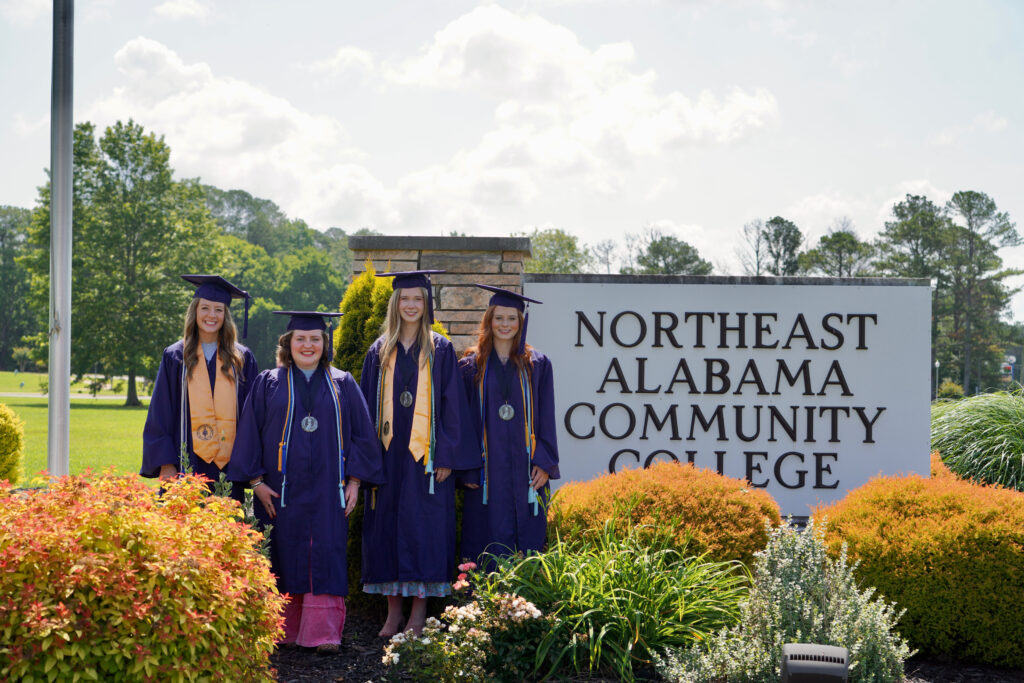
Saving time
For Savannah Johnson, a senior at Thorsby High School, it was all about saving time. She plans to double major in psychology and sociology and earn a doctorate in both fields. Realizing her academic choice would require years of schooling, dual enrollment made sense. “This was a great way to get a lot of school out of the way early,” she says. She’s been able to take several science-related classes at Jefferson State Community College’s satellite campus in Clanton and is on track to earn her associate degree in 2026, along with her high school diploma. Then she’ll head to UAB for more studies.
Lilley Frost, 18, graduated from Plainview High School in Rainsville and earned her associate degree in science: pre-nursing from NACC. Her ambition is to be a
nurse anesthetist.
Even though she’ll likely be two years younger than her classmates, it will be worth it because “I got a head start on my education and I’ll be two years ahead,” she says.
“It saves the students money and time,” says Scott. “A lot either take dual enrollment with us, then move on to a four-year university, and many only have to take classes for two or three years. That way they can start their career earlier or do graduate school. For the state it’s a win-win, because we’re able to get the students their education earlier so they can go out and make money and contribute to the state’s economy earlier.”
Alabama Secretary of Workforce Greg Reed agrees. “I don’t know of any better money we spend in the state of Alabama related to education than dual enrollment,” he recently stated. “Taking a smart, sharp kid and allowing the two-year colleges to come alongside and collaborate while they’re in high school so that they’re ready to go – quicker, sooner, better, faster, smarter – when they’re ready to move into the workforce. These are the things we ought to be focused on.”
Is dual enrollment for everyone? “You have to be driven and want it for yourself or you’re not doing to do good,” says Isabella Hawkins, a Sylvania High School graduate who earned her associate degree in health sciences from NACC. Taking college classes, even while working and playing sports, helped her decide to become an occupational therapist. She’ll continue her studies at Jacksonville State University and wants to earn a doctorate from UAB.
“It’s not for everyone,” says Hawkins, “but everyone should give it a try.”
